The Soviet-Era, Z80-based Galaksija Dared to Be Different
Cars That Think
JULY 27, 2023
Complete plans for the Galaksija were first published in 1983 in an article in the computer magazine Računari u vašoj kući as a joint venture between the Galaksija’s designer, Voja Antonić , and the magazine’s editor, Dejan Ristanović. (An An English translation of the article was published by No Starch Press in 2018 in PoC||GTFO Vol.

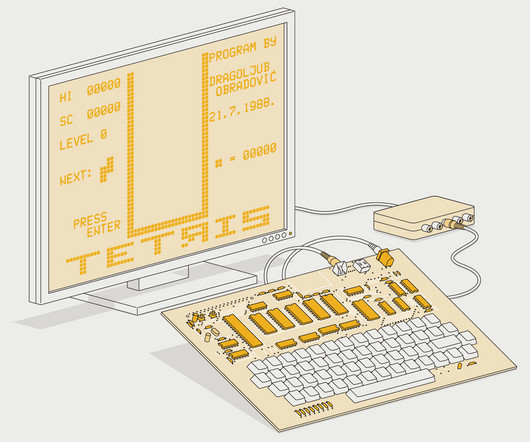
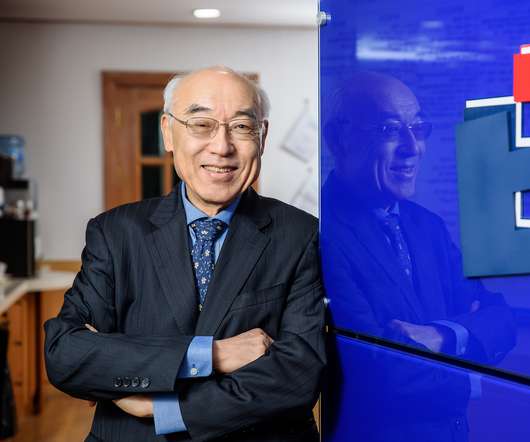
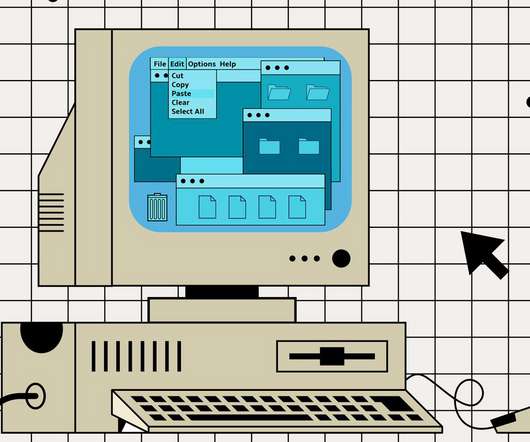
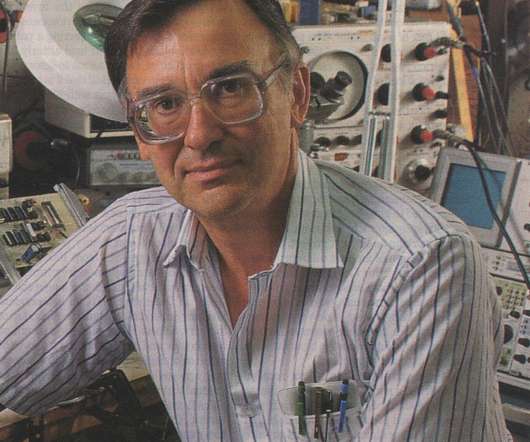
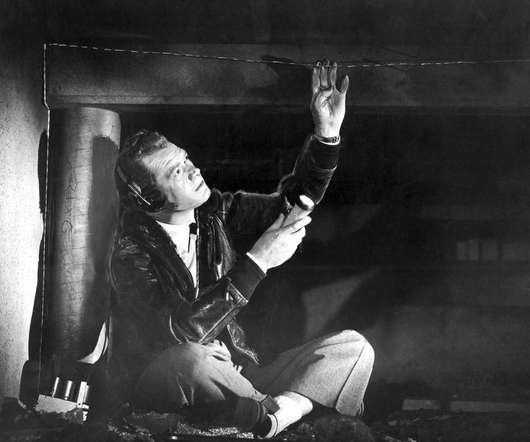







Let's personalize your content